8 bodies of water that are best avoided
Categories: Water
By Pictolic https://pictolic.com/article/8-bodies-of-water-that-are-best-avoided.htmlThe nature of the Earth has always created incredible combinations of phenomena that reflect conditions literally from another planet and are different from anything we are used to ever seeing. In the old days, such phenomena were attributed to evil spirits or evil spirits. Today, science can explain most of the natural anomalies, but this does not make them any friendlier.
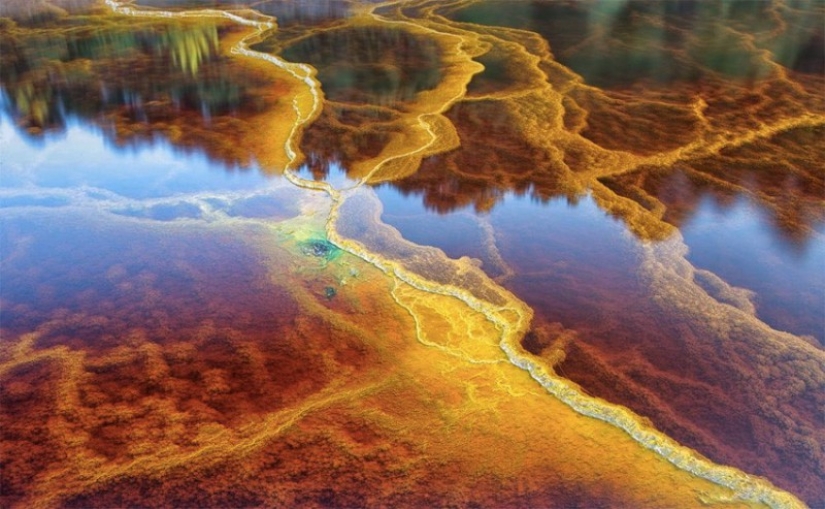
These reservoirs have always been a source of dubious fame: some of them have always been like this, others are the result of human actions. They are all different in nature, but they have one thing in common - it is better to stay away from them.
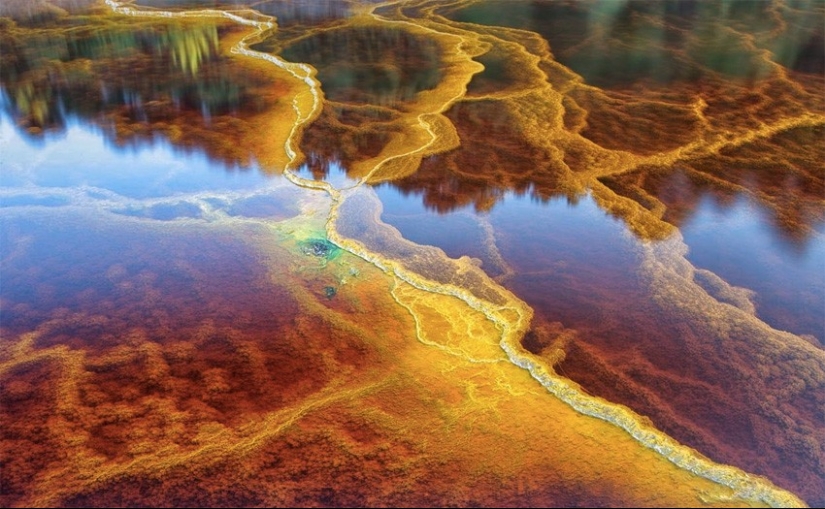
The waters of the river are colored red. This is due to the high concentration of copper and iron and the acidity of the water. For several hundred years, mining has been carried out in the upper reaches of the river, which has led to the pollution of the river. There are no fish in its pungent waters, and no matter how hot it is, you can’t even get your feet wet in this body of water.
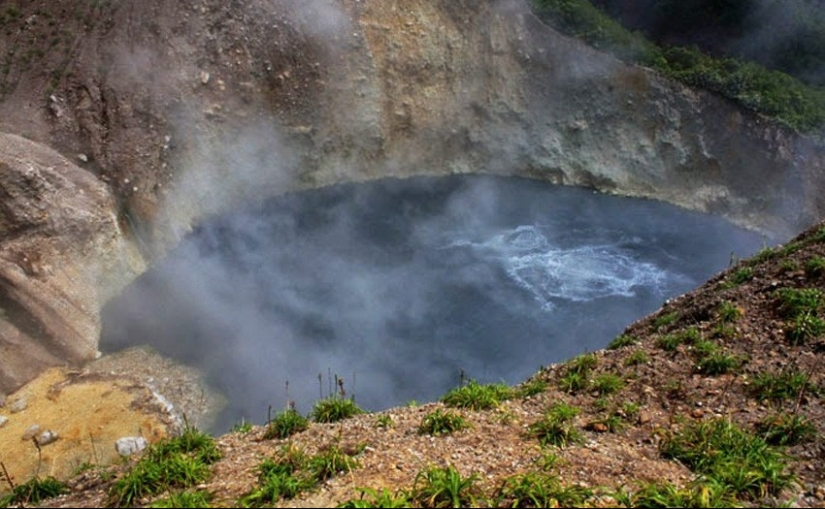 Boiling Lake, Dominican Republic
Boiling Lake, Dominican Republic
This lake could well become a thermal resort, if not for one thing: the water temperature in the reservoir ranges from 82 to 91.5 °C. Not only is it not recommended to swim in the lake, but even going close to it is prohibited. Due to the jets of hot air and lava that periodically erupt from the depths, you can simply be boiled alive.
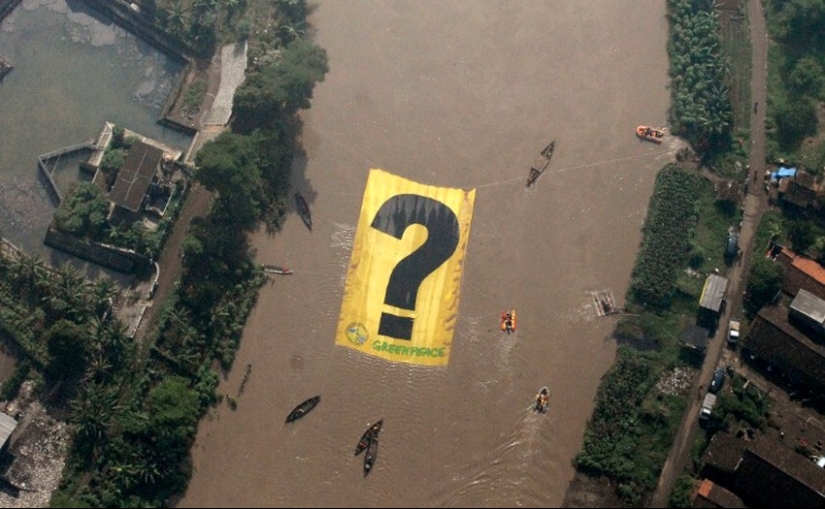
The inhabitants of West Java adapted this river for the needs of agriculture, water supply, industry, and many other purposes. About five million people live in the river basin, and over many years of using the waters of the reservoir, they have turned it into a real garbage dump. If you take a sample from a river, you can find almost all the elements of the periodic table in it; needless to say, the concentration of most of them is several times higher than the permissible standards.
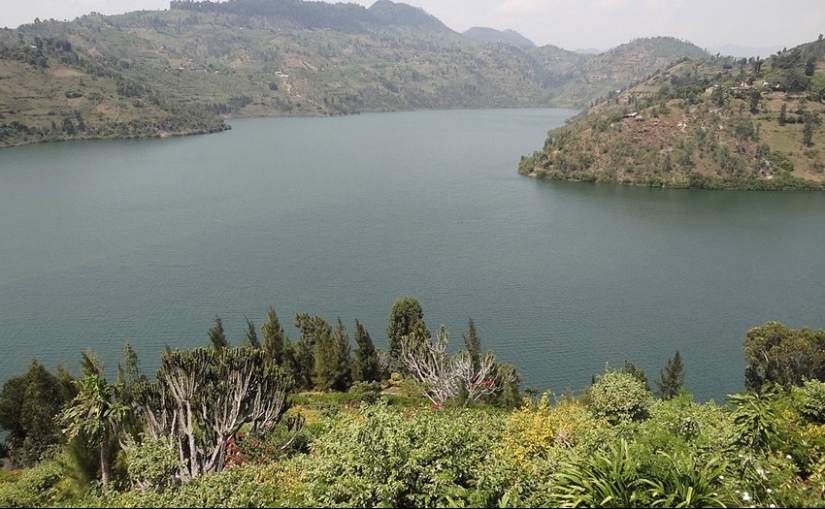
The smooth blue surface of the reservoir is actually deceptive. The lake is a real time bomb: more than 250 km³ of carbon dioxide and about 65 km³ of methane are hidden under the water column. The lake is located in a rift valley that is gradually growing, causing volcanic activity, which in turn can lead to an explosion. As a result of the last volcanic eruption in the area, the water in the reservoir boiled and the fish were boiled alive.
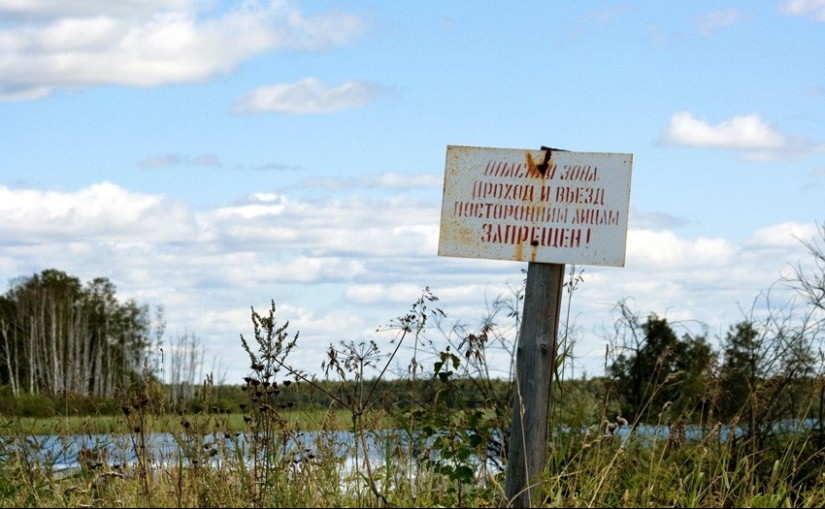
Since October 1951, liquid radioactive waste began to be buried in a picturesque reservoir in the Chelyabinsk region. Presumably, about 120 million curies of radioactive materials have accumulated in the lake to date. In 2015, the lake is planned to be completely filled up, but even these measures cannot prevent radioactive contamination of groundwater, which may well serve as one of the sources of nutrition for nearby reservoirs.
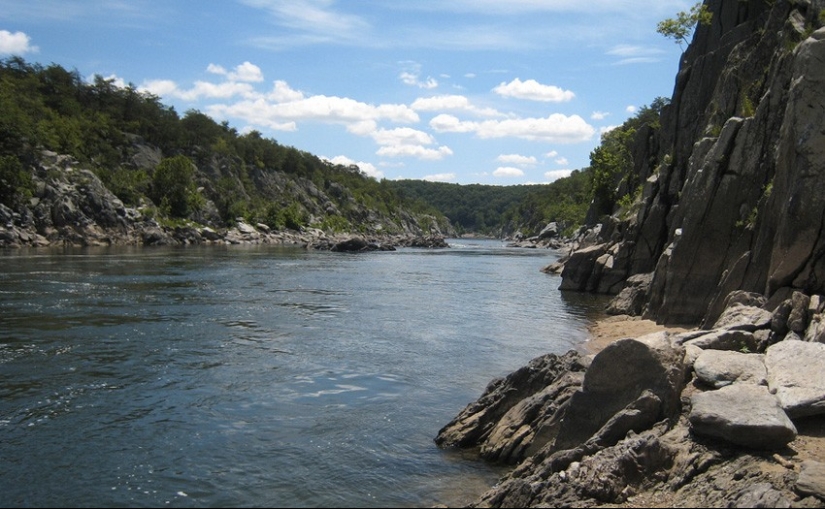 Potomac River, USA
Potomac River, USA
There is no waste dumping or disposal of radioactive waste into this river. It is dangerous due to strong undercurrents. Together with rapids and waterfalls, these seemingly calm areas are fraught with a deadly threat and annually claim dozens of lives of water extreme sports enthusiasts.
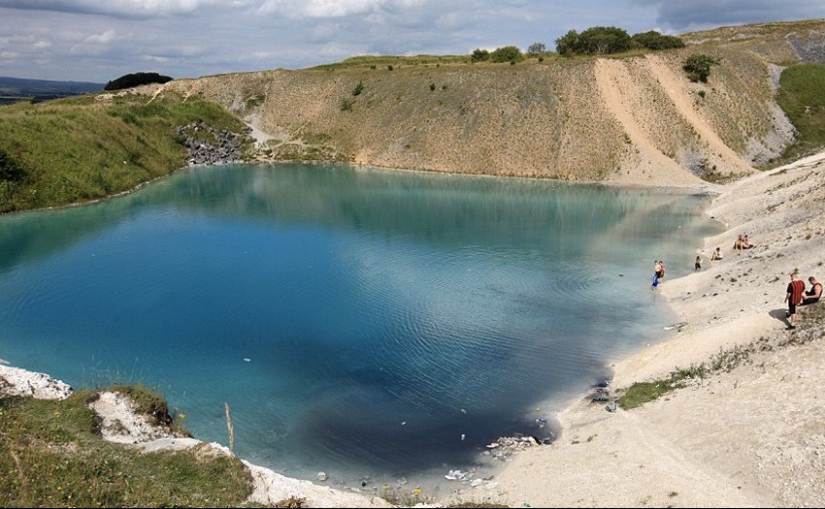
The turquoise waters of the abandoned quarry are hard to resist. But no matter how high the temptation, you should not swim here. The water's beautiful color comes from the limestone rocks, and the water's pH level is 11.3, which can cause skin and eye irritation, fungal infections or stomach problems.
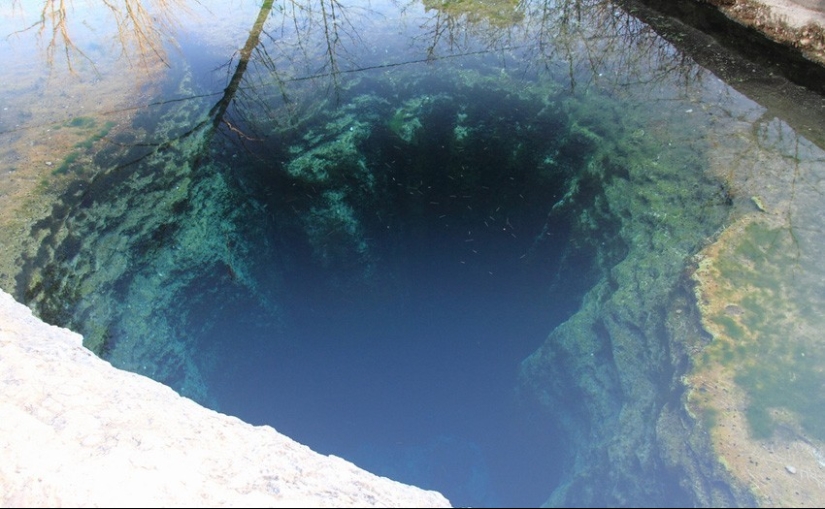
The underwater cave with a diameter of 4 meters attracts thousands of divers every year. Underwater there are several grottoes connected by narrow passages, which many adventurers certainly want to explore. But as beautiful as the well is, it is also dangerous: the underwater corridors have already claimed the lives of eight divers.
Recent articles

Leonardo da Vinci was accused of being fond of orgies. William the Conqueror, despite all his successes, was called a "Bastard" ...

Modesty? Decency? A sense of tact? No, you haven't heard! Just look at what the people from the selection below are doing! No ...

American documentary photographer Bruce Davidson came to the UK in 1960 for a couple of months on the assignment of Queen magazine. ...